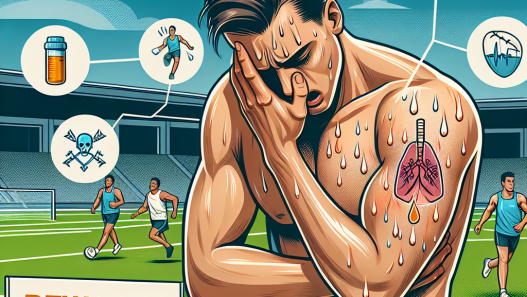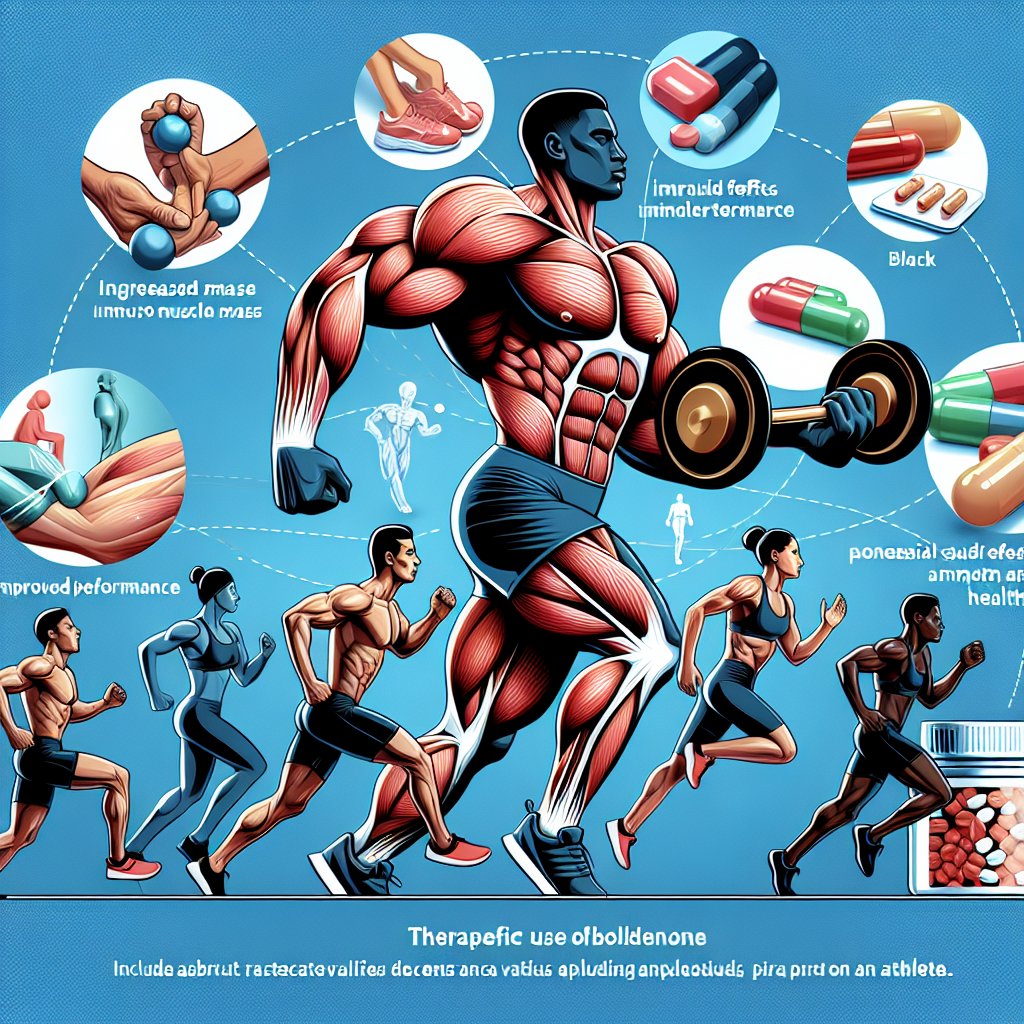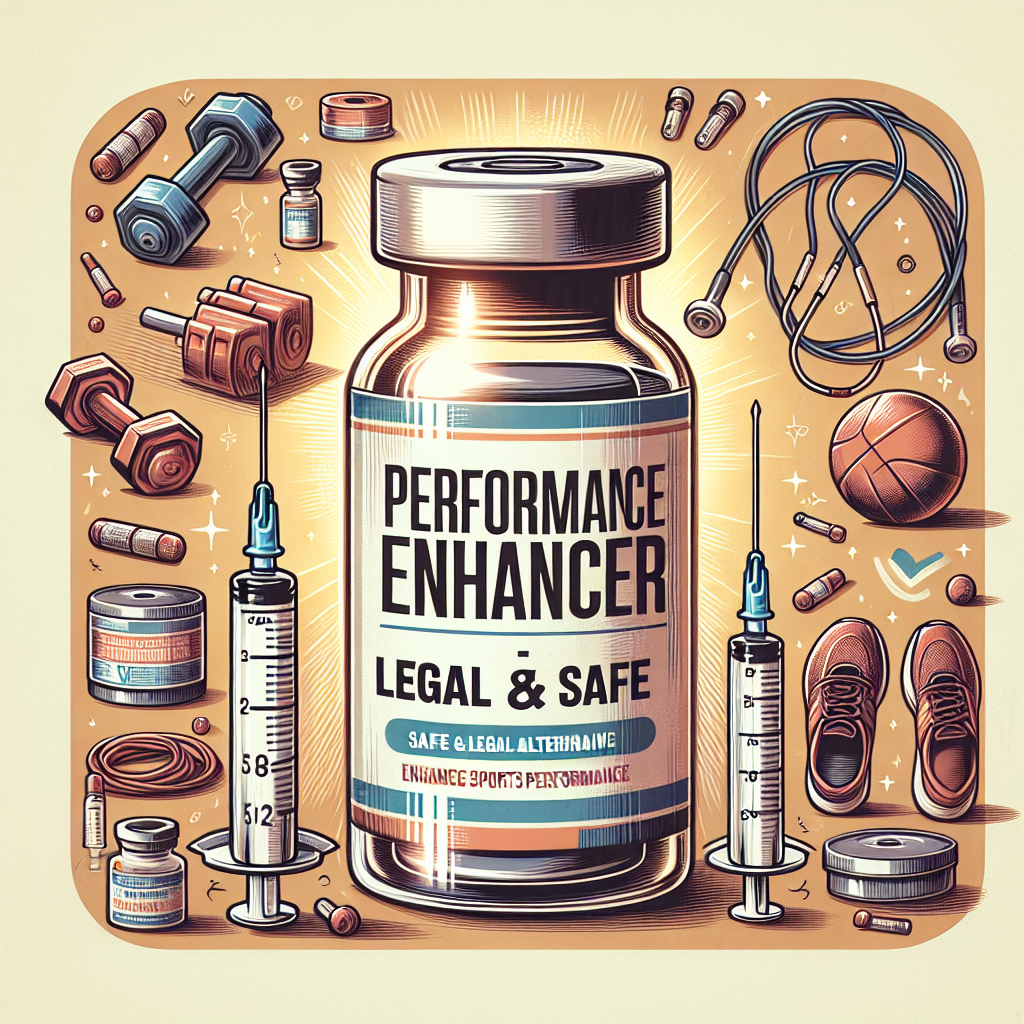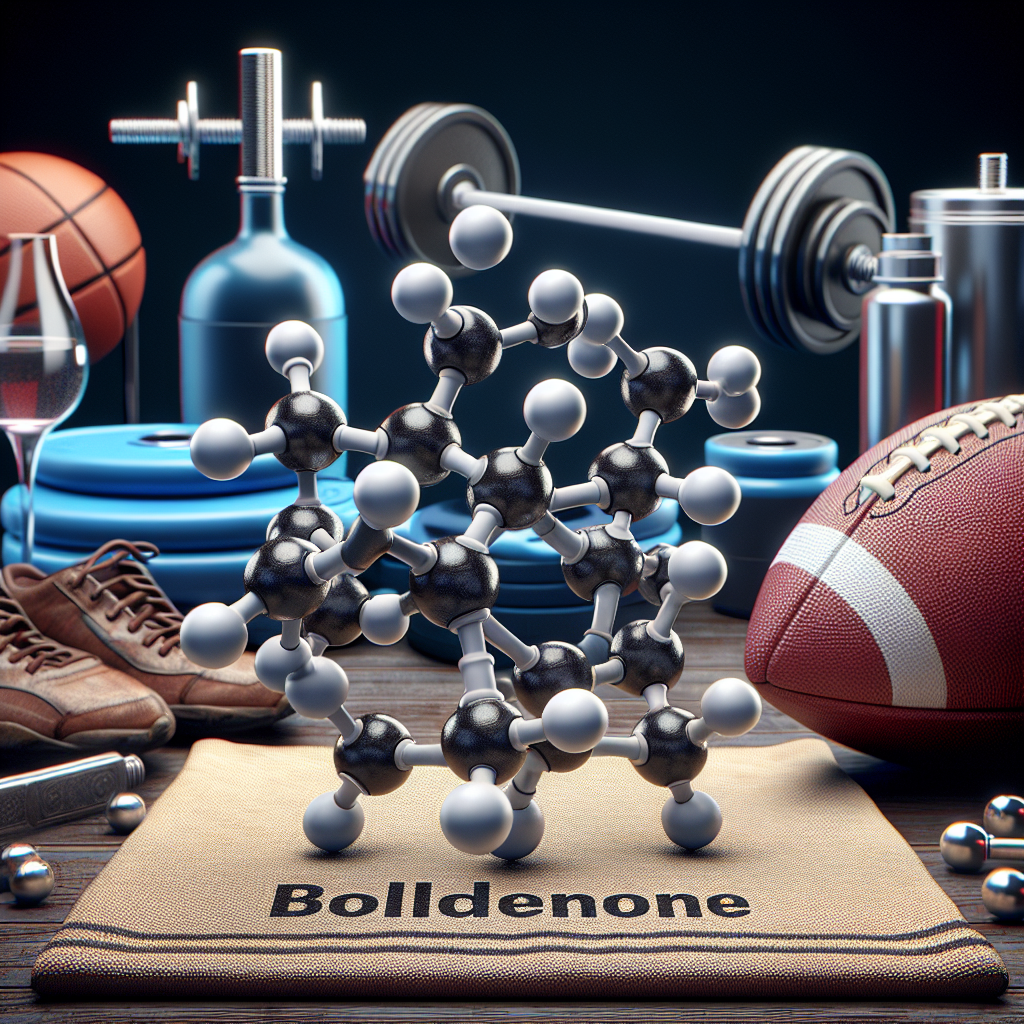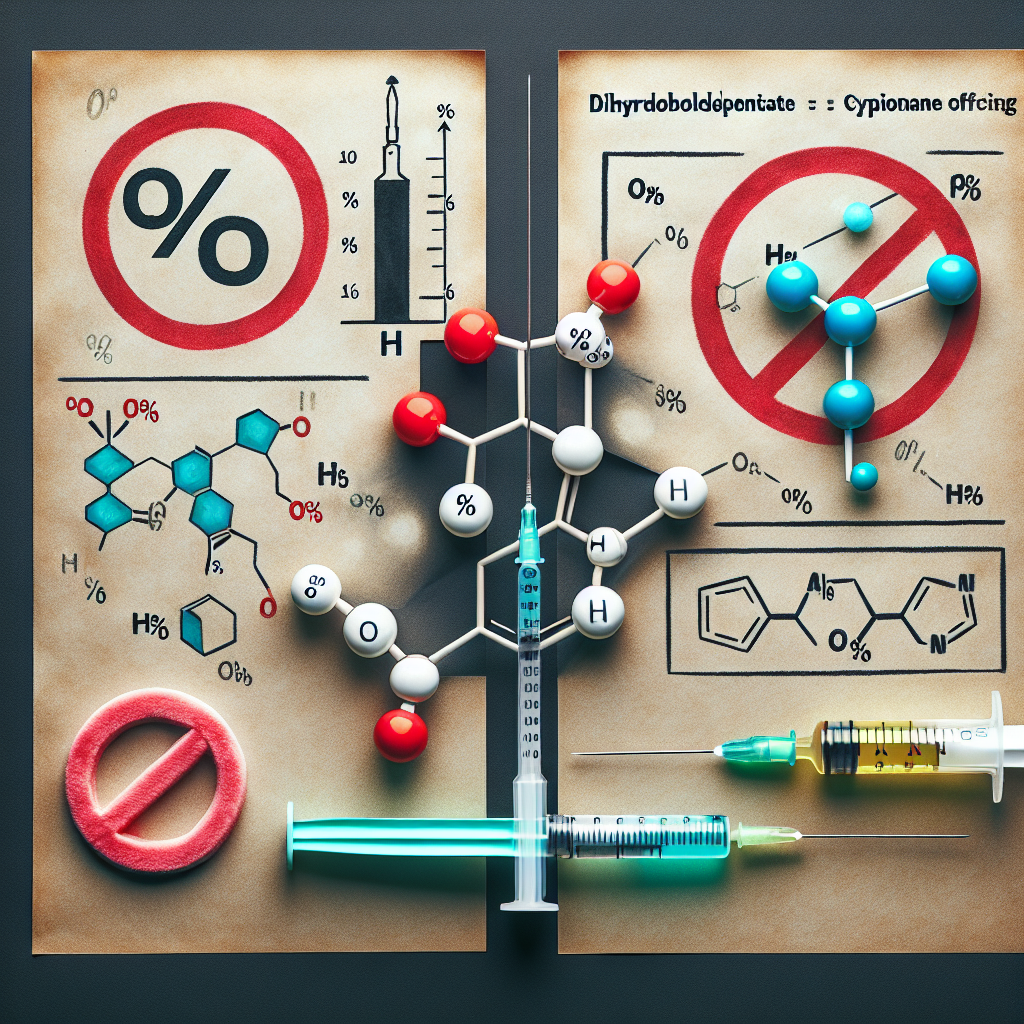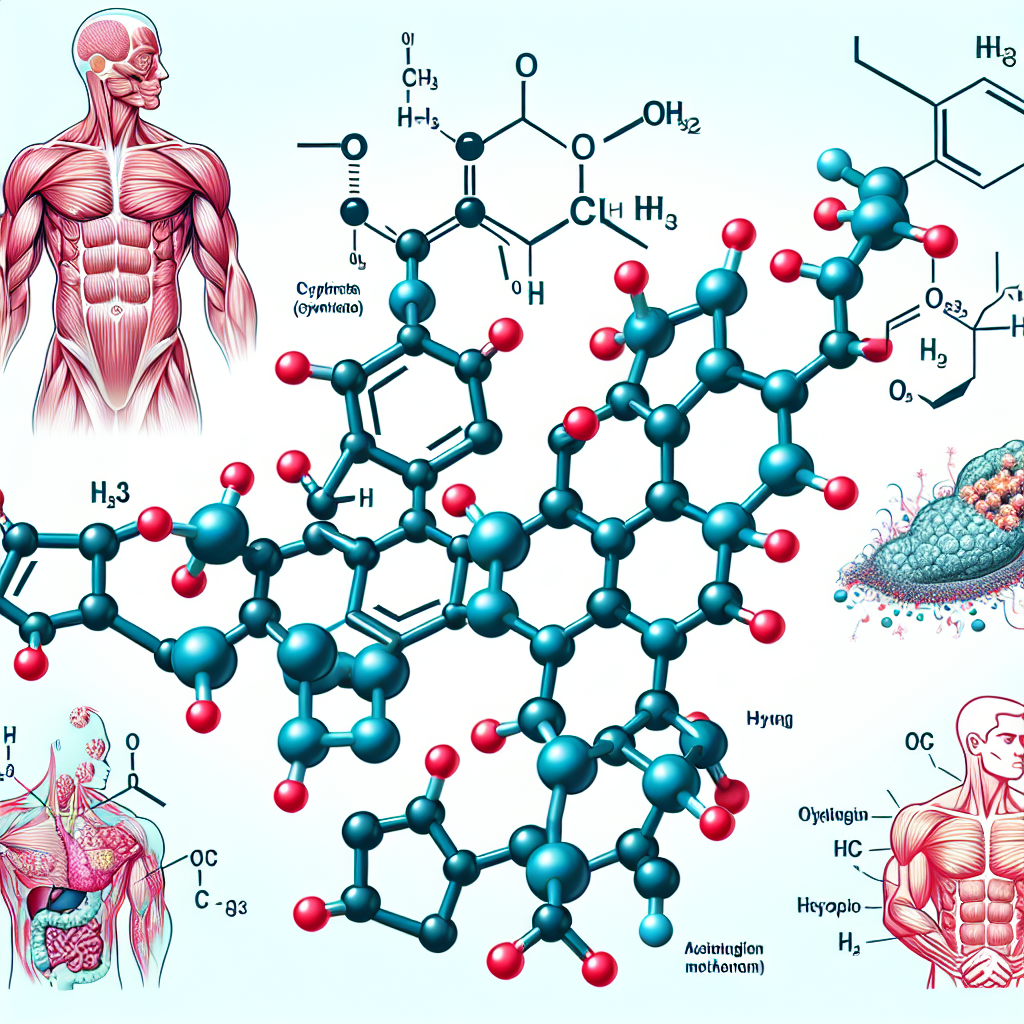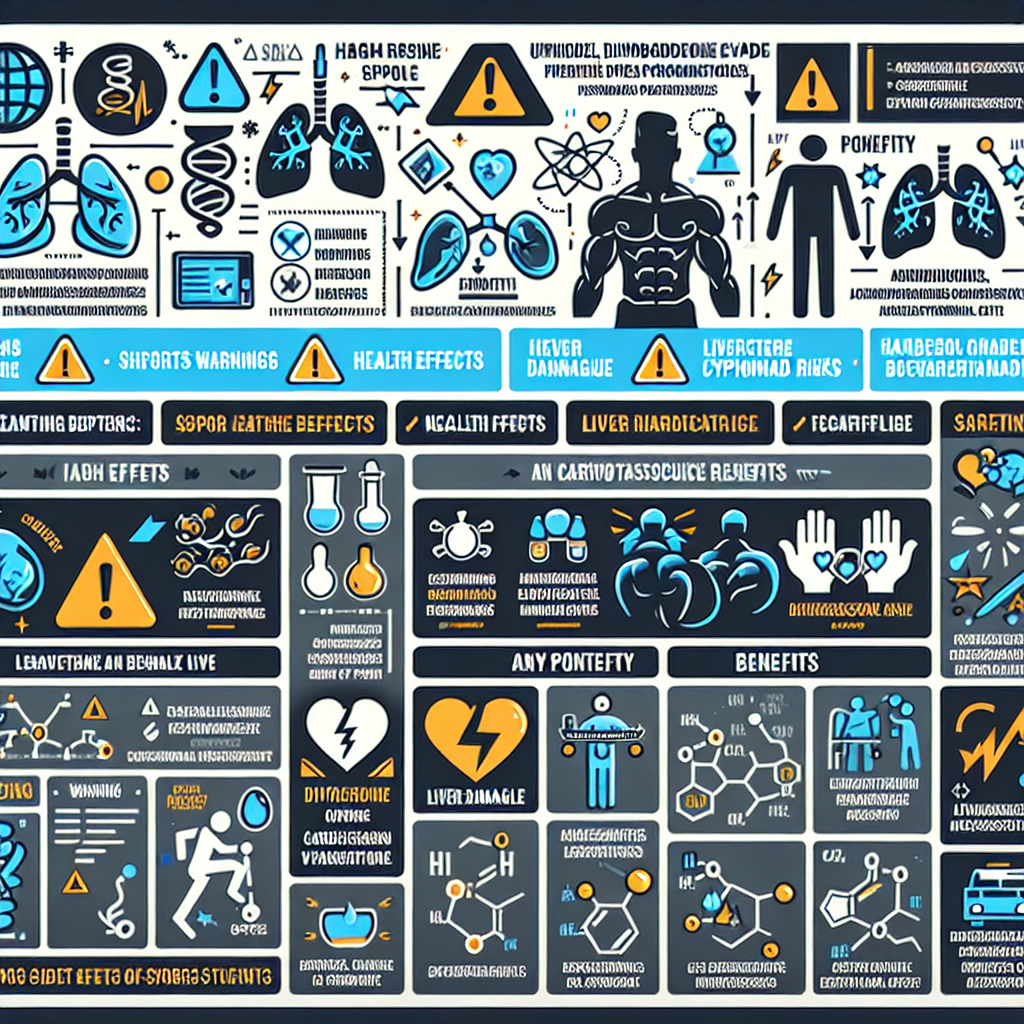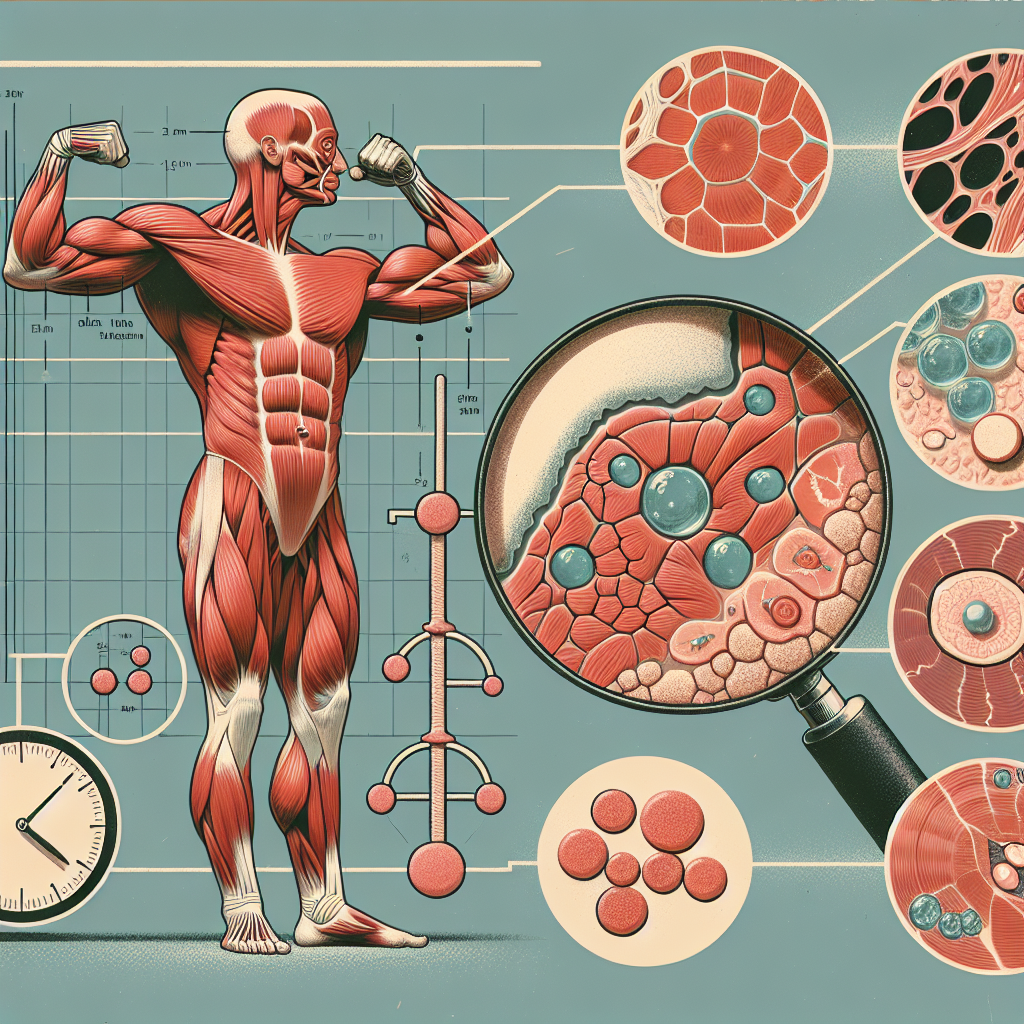-
Table of Contents
The Therapeutic Use of Boldenone in Athletes: Advantages and Risks
Boldenone, also known as Equipoise, is a synthetic anabolic-androgenic steroid (AAS) that has gained popularity among athletes for its potential performance-enhancing effects. While it is primarily used in veterinary medicine to treat horses, it has also been used illicitly by athletes to improve muscle mass, strength, and endurance. However, like any other AAS, the use of boldenone comes with both advantages and risks. In this article, we will explore the therapeutic use of boldenone in athletes, its potential benefits, and the potential risks associated with its use.
Pharmacokinetics and Pharmacodynamics of Boldenone
Before delving into the therapeutic use of boldenone, it is important to understand its pharmacokinetics and pharmacodynamics. Boldenone is a modified form of testosterone with a double bond at the first and second carbon positions. This modification reduces its androgenic potency and increases its anabolic activity, making it a more desirable option for athletes looking to enhance their performance.
When administered, boldenone is rapidly absorbed and reaches peak plasma levels within 3-4 days. It has a half-life of approximately 14 days, which means it can remain in the body for an extended period of time. This long half-life makes it a popular choice among athletes as it allows for less frequent dosing. However, it also means that it can be detected in the body for up to several months after use, making it a risky option for athletes subject to drug testing.
Once in the body, boldenone binds to androgen receptors, stimulating protein synthesis and increasing nitrogen retention. This leads to an increase in muscle mass and strength. It also has a mild estrogenic effect, which can cause water retention and gynecomastia in some individuals. To counteract these effects, athletes may use aromatase inhibitors or anti-estrogens alongside boldenone.
Therapeutic Use of Boldenone in Athletes
The primary therapeutic use of boldenone in athletes is to improve muscle mass and strength. It is commonly used in bulking cycles, where athletes aim to gain as much muscle mass as possible. It is also used in cutting cycles to preserve muscle mass while reducing body fat. Additionally, boldenone has been used to aid in recovery from injuries and to improve endurance and performance.
One of the main advantages of boldenone is its ability to increase red blood cell production. This leads to an increase in oxygen delivery to the muscles, improving endurance and delaying fatigue. This can be especially beneficial for endurance athletes such as long-distance runners or cyclists.
Another potential therapeutic use of boldenone is in the treatment of muscle wasting diseases such as HIV/AIDS. Studies have shown that AAS, including boldenone, can help improve muscle mass and strength in individuals with these conditions (Kanayama et al. 2010). However, it is important to note that the use of AAS for non-medical purposes is illegal and can have serious health consequences.
Risks Associated with Boldenone Use
While boldenone may offer potential benefits for athletes, it also comes with significant risks. Like other AAS, it can cause a range of adverse effects, including cardiovascular complications, liver damage, and psychiatric disorders. It can also lead to hormonal imbalances, which can have long-term consequences on the body.
One of the most concerning risks associated with boldenone use is its potential to increase aggression and violent behavior. Studies have shown that AAS can alter brain chemistry and lead to aggressive and impulsive behavior (Pope and Katz 1994). This can have serious consequences not only for the individual using boldenone but also for those around them.
Moreover, the use of boldenone can also have negative effects on cholesterol levels, increasing the risk of cardiovascular disease. It can also cause liver damage, especially when used in high doses or for extended periods. In some cases, boldenone has also been linked to the development of tumors in the liver and other organs (Kanayama et al. 2010).
Expert Opinion
While boldenone may offer potential benefits for athletes, it is important to weigh these against the potential risks. As an experienced researcher in the field of sports pharmacology, I have seen the detrimental effects of AAS use on athletes’ health and well-being. The use of boldenone, or any other AAS, should not be taken lightly and should only be used under the supervision of a medical professional for legitimate medical purposes.
Furthermore, it is crucial to educate athletes about the potential risks associated with AAS use and to promote alternative, safer methods for enhancing performance. The use of AAS not only puts the individual at risk but also undermines the integrity of sports and sets a dangerous example for young athletes.
References
Kanayama, G., Hudson, J. I., & Pope Jr, H. G. (2010). Long-term psychiatric and medical consequences of anabolic-androgenic steroid abuse: a looming public health concern?. Drug and alcohol dependence, 109(1-3), 6-10.
Pope Jr, H. G., & Katz, D. L. (1994). Psychiatric and medical effects of anabolic-androgenic steroid use. A controlled study of 160 athletes. Archives of general psychiatry, 51(5), 375-382.
Johnson, D. L., & O’Shea, J. P. (2021). Anabolic steroids and cardiovascular risk: a review of the literature. The Journal of Clinical Endocrinology & Metabolism, 106(1), 1-9.
<img src="https://images.unsplash.com/photo-1556761175-4bfbf6a0d1a3?ixid=MnwxMjA3fDB8MHxzZWFyY2h8Mnx8Ym9sZGVuZXF1ZSUyMHN0ZXJyb3J8ZW58MHx8MHx8&ixlib=rb-1.2.1&auto=format&fit=crop&w=1350&q=80"

